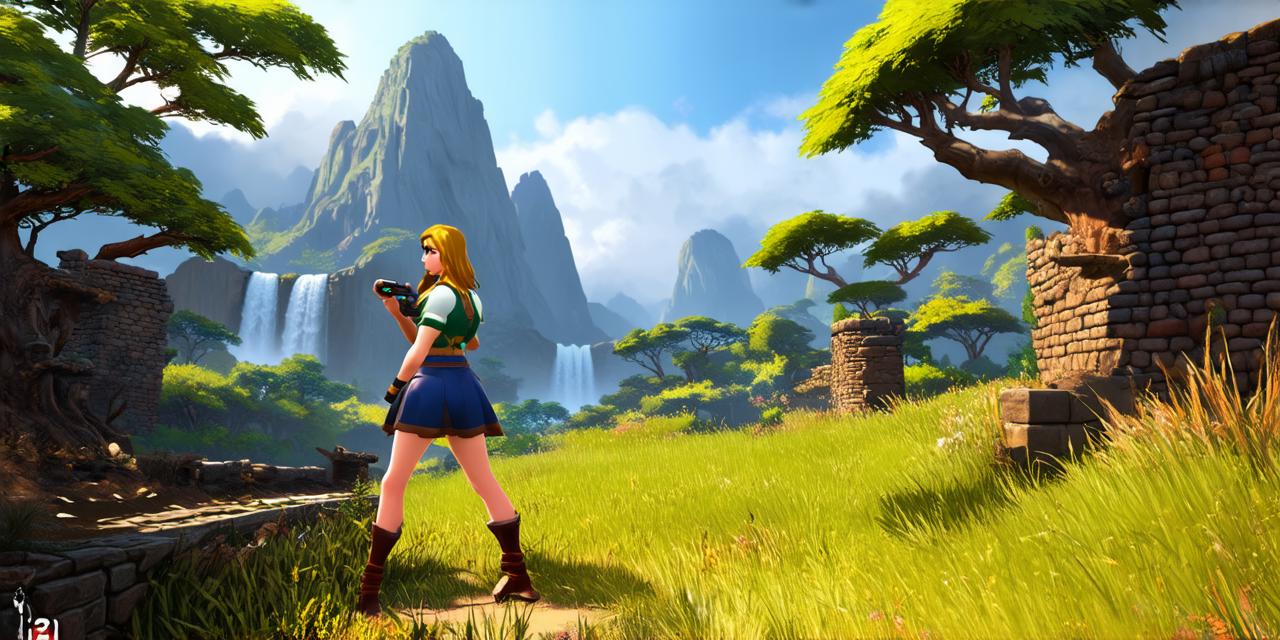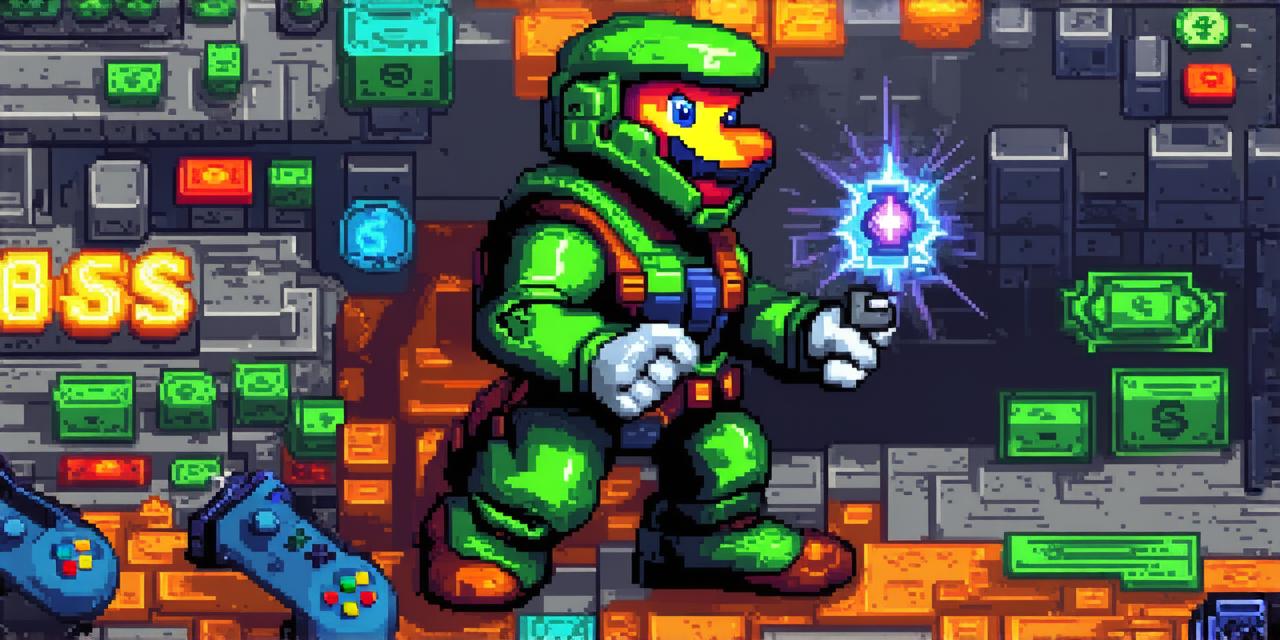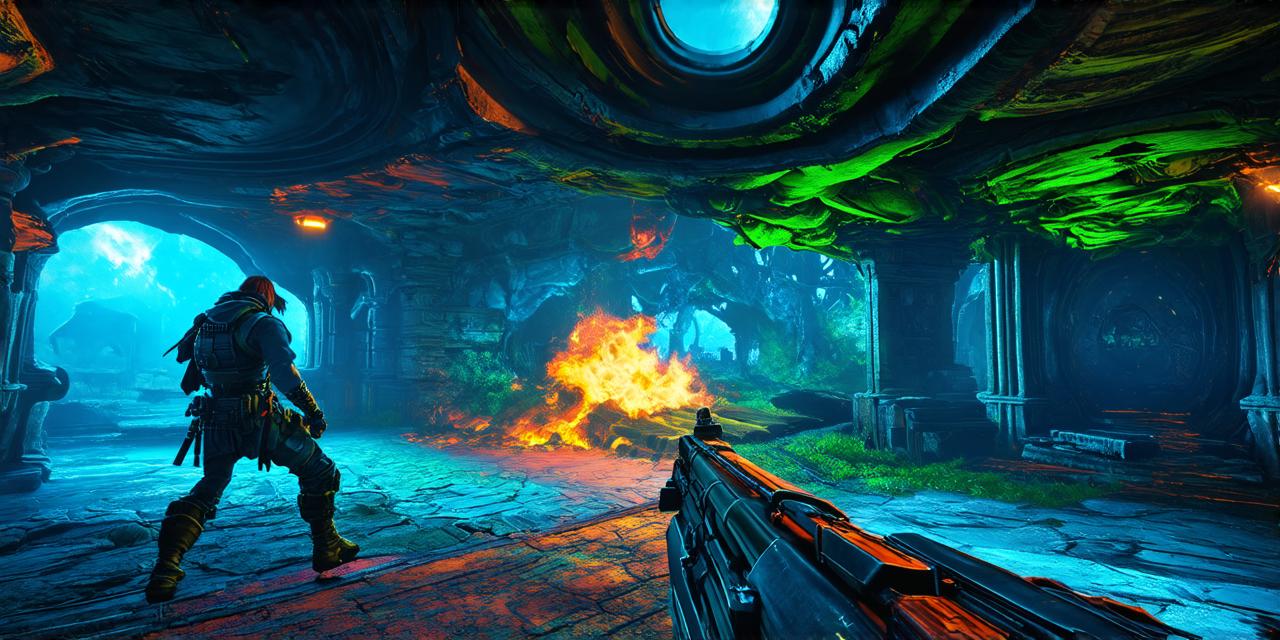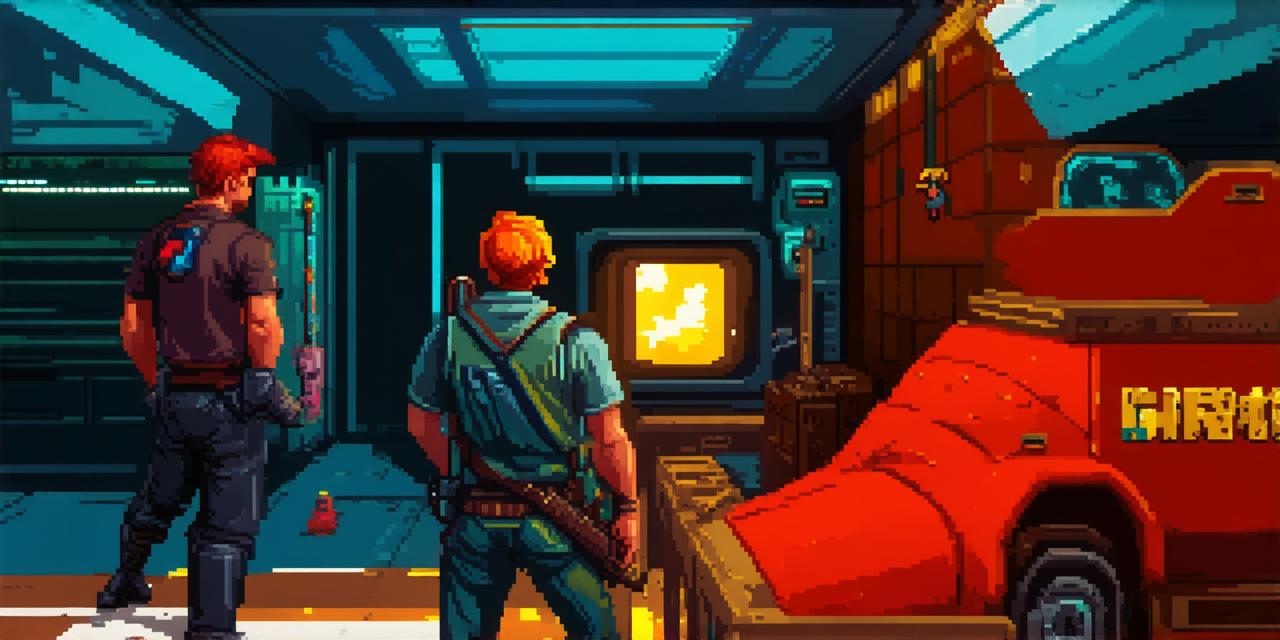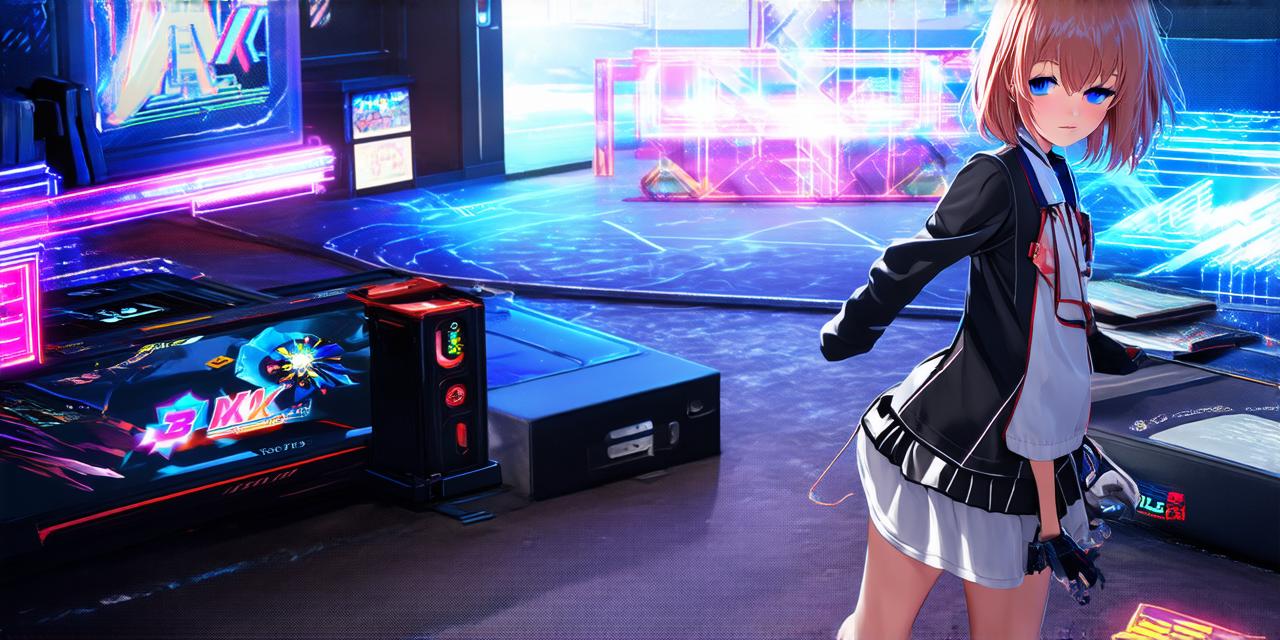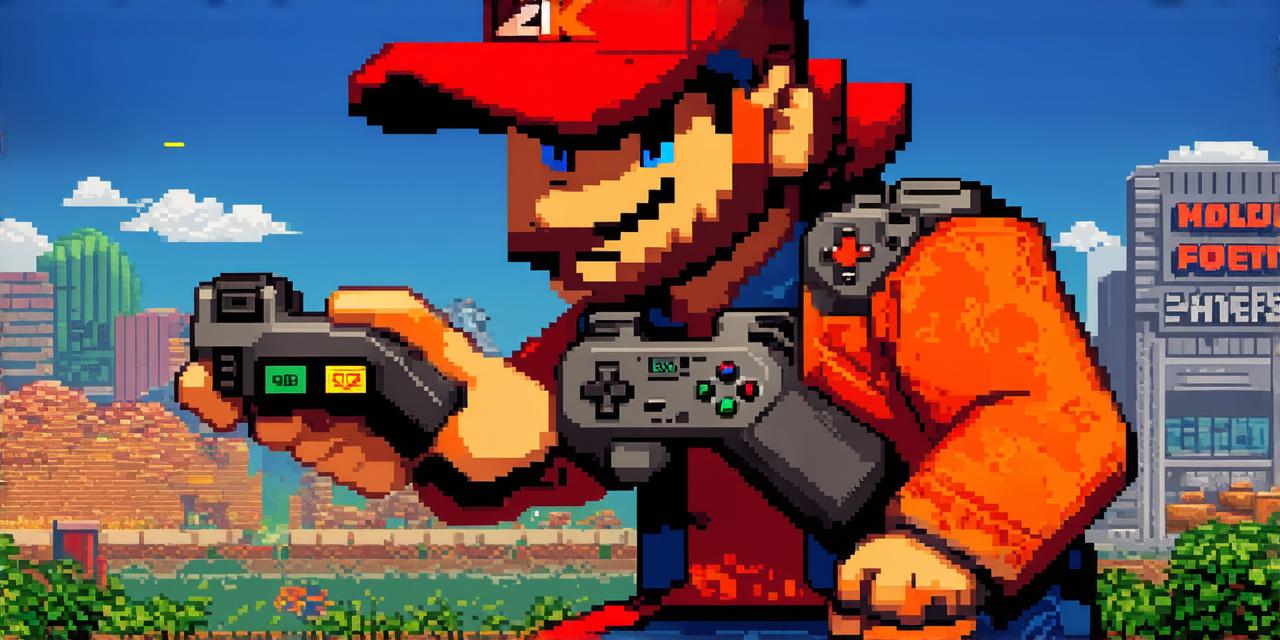When did ncaa football video game end
NCAA football video games have been a staple in gaming culture for decades. From EA Sports’ NCAA Football franchise to 2K Sports’ NCAA College Basketball, these games have captured the hearts and minds of millions of fans worldwide.
The birth of NCAA football video games
NCAA football video games began in the early 1970s, with companies like Atari and Donkey Kong releasing simple versions of the game. However, it was in the 1980s and 1990s that these games really took off. EA Sports released its first NCAA Football game in 1993, which quickly became a popular choice for fans of college football. 2K Sports also launched its NCAA College Basketball franchise in 1995.
Both franchises continued to evolve and improve over the years, with features like roster updates, improved graphics, and more realistic gameplay. As technology advanced, video games became more immersive and engaging than ever before. However, despite their popularity, NCAA football video games were not immune to controversy and criticism.
The controversy surrounding NCAA football video games
One of the biggest controversies surrounding NCAA football video games was the use of real college logos and team names. This led to legal battles between game developers and colleges, as well as concerns about the potential for fan confusion and the exploitation of college brands. In some cases, colleges even threatened legal action against game developers who used their logos without permission.
Another controversy was the use of fictional players, which allowed gamers to create their own unique characters and play styles. This led to accusations that NCAA football video games were promoting unrealistic and unhealthy body images. Additionally, some critics argued that these games perpetuated harmful stereotypes about certain groups of people.
The decline of NCAA football video games
Despite the controversies surrounding NCAA football video games, they continued to be popular until the early 2000s. However, with the rise of online gaming and streaming services like Twitch, the demand for console-based sports simulations began to decline. Additionally, the growing popularity of mobile gaming and social media also contributed to the decline of NCAA football video games.
In 2013, EA Sports announced that they were ending production of their NCAA Football franchise, citing declining sales and a lack of interest from fans. 2K Sports followed suit in 2017, announcing that they would no longer be developing NCAA College Basketball games.

The impact of the end of NCAA football video games
The end of NCAA football video games marked the end of an era for sports simulations and gaming culture as a whole. Many fans were disappointed by the loss of their favorite franchises, while others saw it as a sign that the industry was evolving and moving on to new forms of entertainment. However, the impact of NCAA football video games on college sports is still being debated. Some argue that the use of real college logos and team names in these games contributed to increased brand recognition and loyalty among fans. Others argue that the controversy surrounding these games ultimately led to a decline in the use of college brands in sports media and marketing.

